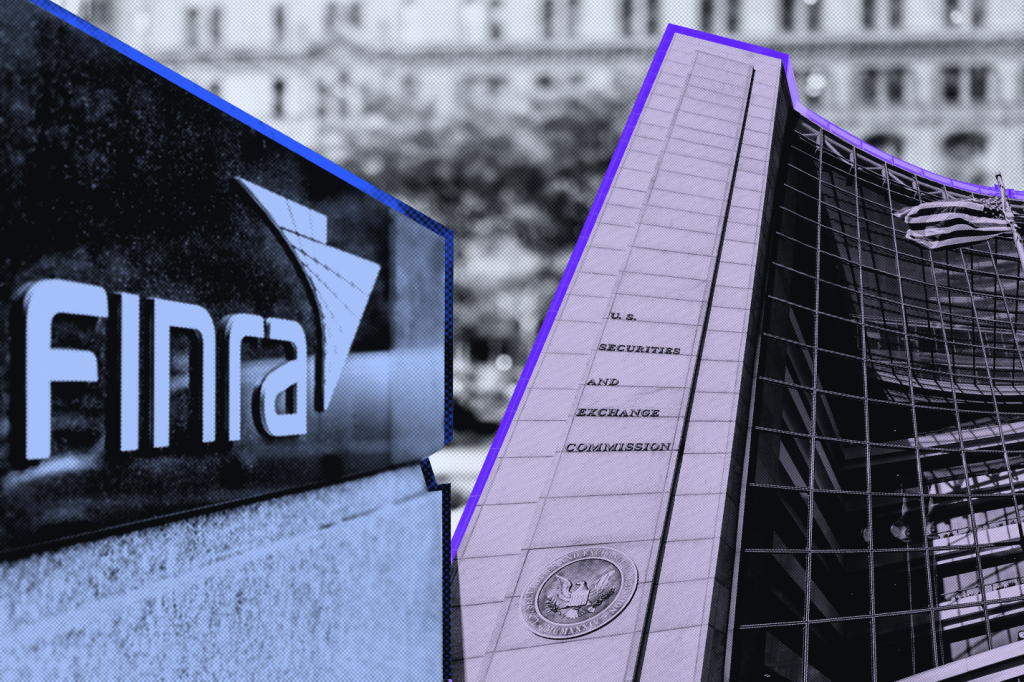A recent case involving Transamerica Retirement Advisors, a registered investment adviser, offers a cautionary example of the importance of clarity in the world of regulatory compliance. The firm, which provides investment education and managed account services to participants in employer-sponsored retirement plans, fell afoul of its fiduciary obligations.
According to
Register for free to keep reading
To continue reading this article and unlock full access to GRIP, register now. You’ll enjoy free access to all content until our subscription service launches in early 2026.
- Unlimited access to industry insights
- Stay on top of key rules and regulatory changes with our Rules Navigator
- Ad-free experience with no distractions
- Regular podcasts from trusted external experts
- Fresh compliance and regulatory content every day

















